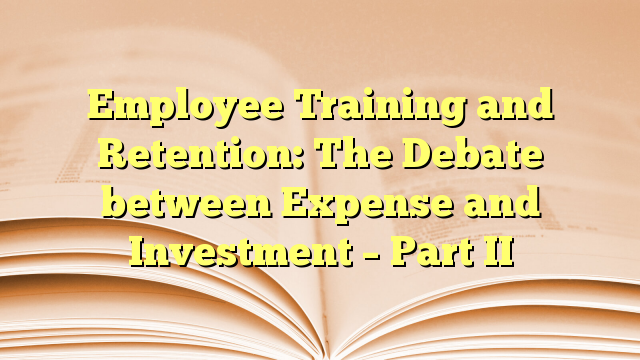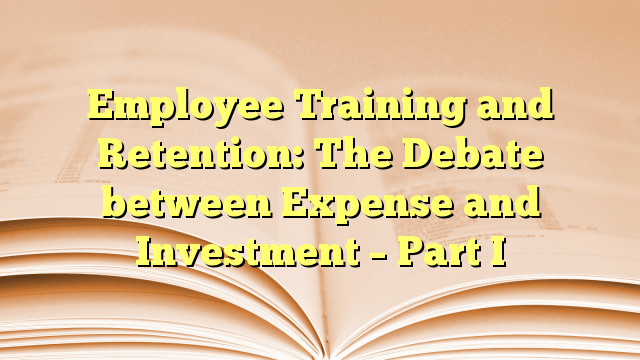Are you about to move right past this post because you don’t believe you need one? THINK AGAIN!
 Digital Media is now an integral part of any comprehensive marketing strategy/plan. While some products and services may use digital media more than others, every business needs to utilize digital media in some form to build and enhance client and customer relationships.
Digital Media is now an integral part of any comprehensive marketing strategy/plan. While some products and services may use digital media more than others, every business needs to utilize digital media in some form to build and enhance client and customer relationships.
Product Marketing vs. Relationship Marketing
There was a time when you strictly marketed your product or service to your target audience. While that is still a part of an effective marketing plan, relationship marketing is extremely effective in our industry. As a provider in the senior living and housing industry you actually have two target audiences. The first target audience is the senior themselves. The second is the family members of the senior who may be the primary decision maker or at minimum highly influential in the decision making process. You must be building relationships with current and potential customers as well as their family members.
In the case of a senior living and housing community, if an individual is not a resident or has a family member as a resident, you still want to be the first community they think of if the need arises or if someone asks for a recommendation. This means getting your community name out there and engaging with the public, resident or not. This process does not have to be complicated. Start with a simple plan and build from there.
Website
First, no matter your marketing strategy, your size, your mission or your occupancy rate, you must have a presence on the web. One of the first places, a potential resident or family member will go is the web. Whether it is to just get contact information, an address to pay you a visit or to get an idea of what your community looks like, a large percentage of people immediately will look up your website opposed to the previous process of looking you up in the phone book.
“Up to 84 percent of all Americans now expect the Internet’s World Wide Web to provide them needed information on government, news, healthcare, and commerce, according to a new survey compiled by the Pew Internet and American Life Project.”
Having a website is 24/7 marketing. Websites market to those around the country. It can market to those you don’t even realize need your services; think out-of-town family members doing preliminary research on a community for their senior. It would be difficult to direct-market by mail to that particular audience.
Blog
If you have a website, the next easiest step would be to add a blog to your site. While blogs can be intimidating, they don’t have to be! Use it to simply give updates about your community, upcoming events and most importantly provide your audience some general tips, hints and information. This can include:
- What is happening in your immediate area, not just your community
- Helpful tips from your current residents about downsizing and moving
- Advice on what to look for in a senior living community
- Great recipes from your residents or their families
- Profile some of your residents (with their permission of course)
A blog can be as simple or as sophisticated as you make it. Just be sure to keep it current so that anyone who makes it to your website will know the information is up to date.
The next logical step would be to create a Facebook page for your community. You can basically use the same content as your blog on your Facebook page. Family members who are already on Facebook will enjoy seeing updates about where their parents, grandparents, aunts, or uncles are living. So many communities already have a presence on Facebook and have found great success with this strategy.
Resources
There are more resources available than we could list, so here are a few of our suggestions to get you started:
- Million Dollar Web Presence by Chad Barr & Alan Weiss
- Socialnomics by Erik Qualman
- Likeable Social Media by Dave Kerpen
These can all be purchased from Westridge Publishing or most book retailers.
Stuck and don’t know the first step or maybe you need some reassurance about the path you’re taking? Let me help! I can perform an audit of your company and/or community’s digital footprint, provide guidance, and a sound plan of action for you.
Roy Barker is Director of Special Projects at Moore Diversified Services, a Fort-Worth, Texas-based organization specializing in operations analysis, marketing development, and investment advisory services. Roy is an authority in the field of employee turnover analysis and retention strategies
Kim Jimenez has been a regular contributor to the MDS website and MDS blog for the past 15 years. Kim holds a supervisory position in a Fortune 100 company and has extensive experience with a multitude of employee, training and leadership issues. She is currently obtaining her degree in Human Resource Management at Southern New Hampshire University.

















